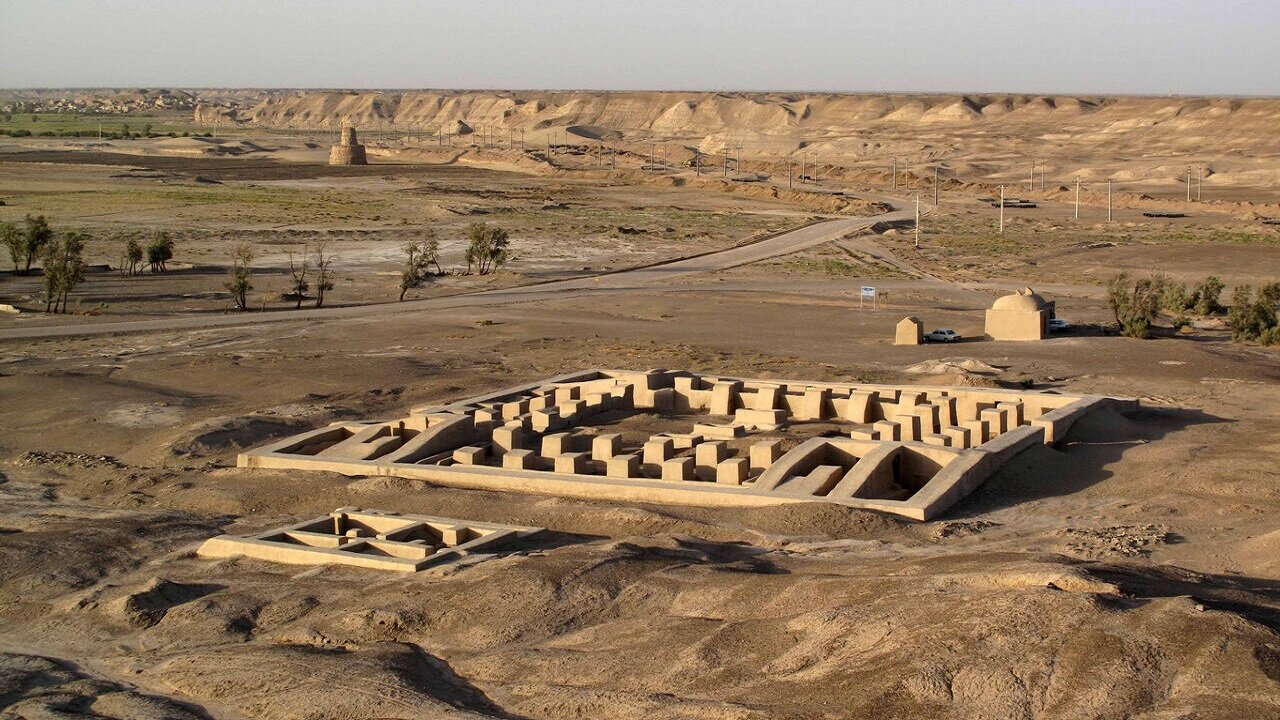‘Gateway of Slaves’ undergoes restoration after a decade

TEHRAN - After a ten-year hiatus, a restoration project has commenced on Dahana-ye Gholaman, which contains various ruins of an ancient town rich in Achaemenid heritage.
Dahana-ye Gholaman, which literally translates into “Gateway of Slaves,” is renowned for its public buildings and domestic architectural elements that provide valuable insights into the urban planning and daily life of the Achaemenid era (c. 550-330 BC).
On Saturday, Mojtaba Sa’adatian, the deputy tourism chief of Sistan-Baluchestan, the southeastern province that embraces the site, announced the beginning of the restoration efforts, CHTN reported.
According to Sa’adatian, the site has suffered various damage over the years due to neglect and environmental factors. Moreover, the last restoration work on the site was carried out a decade ago,” he said.
“Thanks to the dedicated efforts of the provincial tourism directorate, and persistent follow-ups, a fresh restoration work commenced on June 21, the official noted.
The renewed restoration project aims to preserve and rehabilitate the ancient ruins, ensuring that Dahana-ye Gholaman continues to offer invaluable insights into the Achaemenid civilization.
He also said there are other historical sites in the region that need extra attention. “Zehak county, situated in the northern part of Sistan-Baluchestan, is abundant in historical structures and archaeological sites. However, these have not received the attention they deserve from local authorities [and related entities] in recent years,” Sa’adatian explained.
Dahana-ye Gholaman is located some two km straight south of the village of Qale-Now ca. 30 km southeast of Zabol in Sistan-Baluchestan province, on a basin originally formed by the waters of the Helmand river, very close to the Afghan frontier.
The archeological site was discovered in 1960 by Umberto Scerrato of the Italian archeological mission.
The Achaemenid Empire stretched from the Balkans to Central Asia at its peak. It was reportedly the first state model based on diversity and tolerance of different cultures and religions.
AM
Leave a Comment